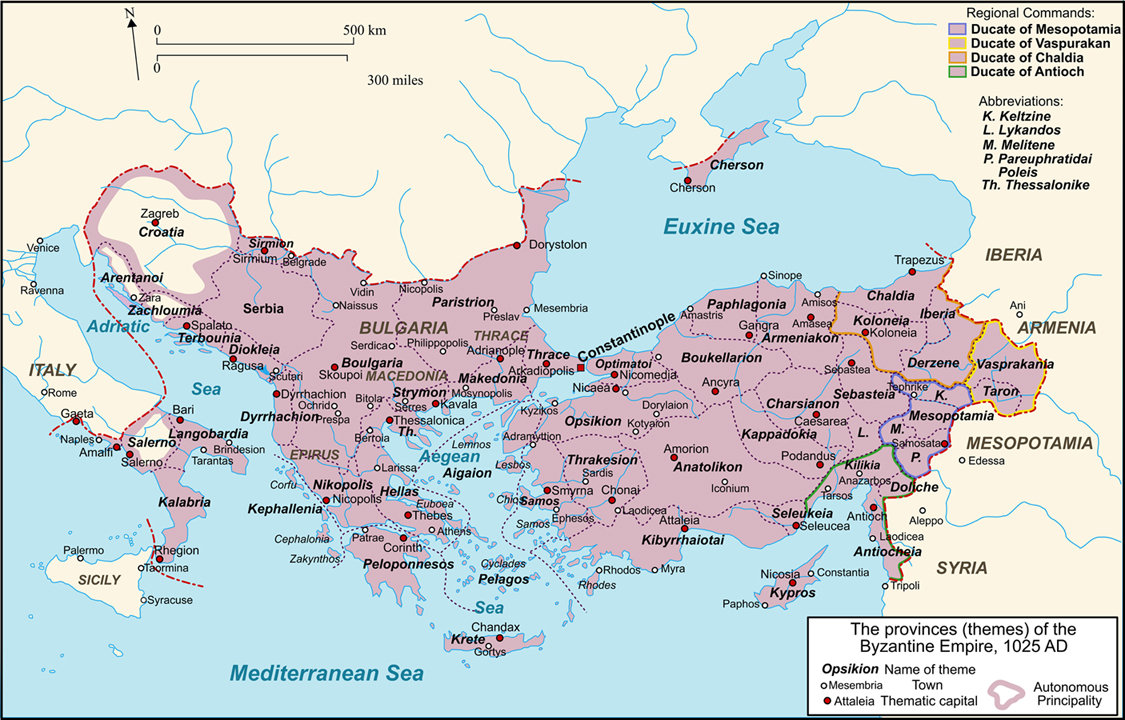
Originally Posted by
Manuel I Komnenos

As neoptolemos noted, the plague had a devastating effect, but the answer to the question 'why the empire's population never recovered' is because medieval society was much different compared to that of antique. Urbanization in the east declined and the huge cities of the Roman era were gone, besides Constantinople, Antioch and a few others. The primary social and economic unit of the empire was the "chorion", the village, a settlement of a few hundred families with farms. The transition in the Roman society is evident from the gradual disappearance of the senatorial aristocracy and the emergence of a landed one. Plus, of course, you had the Arabic and Slavic raids, which devastated much of the countryside, famines, harsh winters etc.








 Reply With Quote
Reply With Quote

















